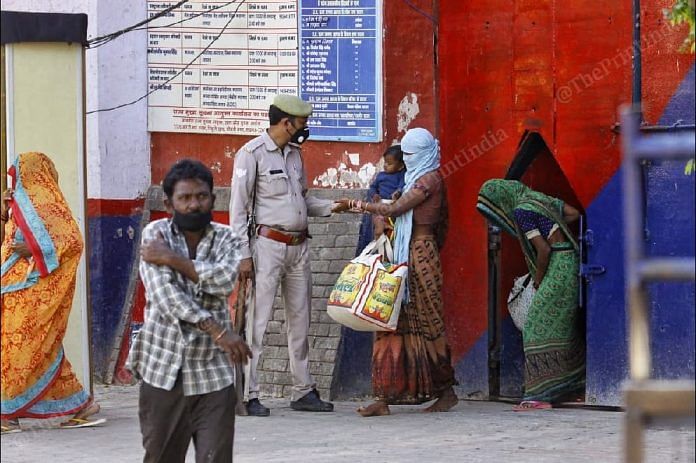This past March, the Marion Correctional Institution in Ohio was estimated to be at 153% of its official capacity. One month later, roughly 80% of the American prison’s population – more than 2,000 inmates – tested positive for COVID-19.
The pandemic has amplified the hazards of cramped conditions in prisons around the world, and raised objections to cruelly exposing large, concentrated groups of people to the virus.
One response to this health threat has been to release prisoners – some into home detention, while others deemed low risk, or with minimal time remaining on their sentences, are fully liberated.
More than 61,000 prisoners in India have been released, including nearly 3,600 in the National Capital Territory of Delhi, according to one estimate. In Iran, of the tens of thousands of prisoners released temporarily in March as an emergency measure, many received full pardons. And a report published last week suggested that nearly 130,000 prisoners had been release in European countries.
Prisoner releases have stirred disagreement between those who see them as a “slap in the face” to victims of their crimes, and those who say still-overcrowded facilities must be emptied more quickly for humanitarian reasons.
Many prison populations are relatively old and afflicted with the sort of underlying health conditions that make people especially vulnerable to the pandemic. In California, one analysis found that nearly 18,000 people in the state’s prisons were 55 or older.
However, prisoner releases in California and elsewhere have led to legal clashes and claims that dangerous criminals are being unleashed on the public. Concerns have also been raised about abruptly pushing thousands of ill-equipped people into troubled job markets, often without adequate housing.
Turkey has undertaken one of the most dramatic release efforts, reducing its prison population by roughly a third in the process. Legislators in the country passed a law this past April allowing for the release of about 100,000 inmates, though Amnesty International has argued that thousands still remain behind bars following unfair trials and convictions under overly broad anti-terrorism laws.
In Ohio, home to the Marion Correctional Institution, hundreds of prisoners have been released – though critics say it has not been enough. As the US and other countries face a surge in coronavirus cases, their prisons remain home to some of the most exposed populations.
John Letzing, Digital Editor, Strategic Intelligence, World Economic Forum
This article was originally published in the World Economic Forum.
Also read: ‘350 inmates in 6 rooms, only 3 toilets’: Letter describes Gautam Navlakha’s jail in Raigad





